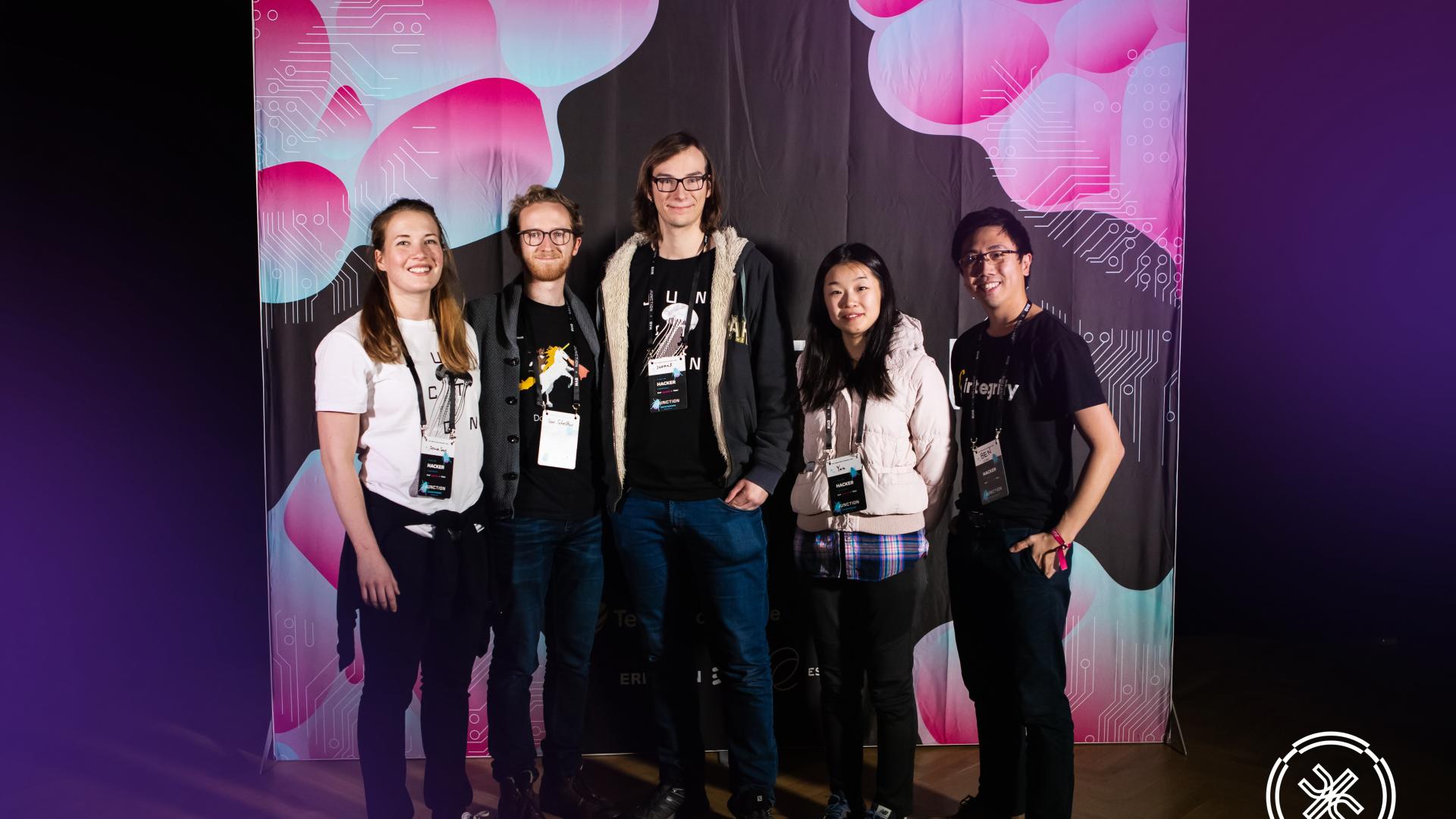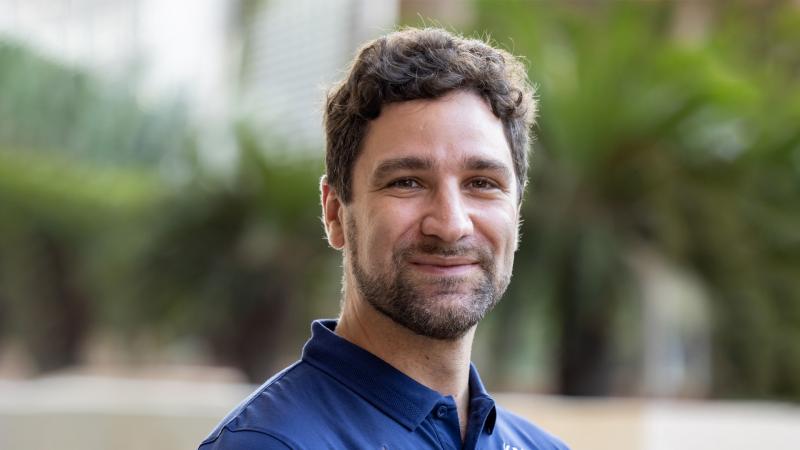Torsten Hädrich and Yan Gong, two KAUST Ph.D. students from the University's Computer, Electrical and Mathematical Science and Engineering division, recently represented KAUST at the 48-hour international hackathon event Junction 2018.
The event, which is Europe's most prestigious annual hackathon, brought computer and data scientists to Helsinki, Finland, from November 23 to 25, 2018, with the goal of addressing real-world computational issues while inspiring the next generation of technological leaders. Around 1,000 participants—including developers, designers and other "tech-heads" from 105 nationalities—descended on the Finnish capital for a weekend of intense hacking.
Addressing challenges at Junction
At Junction 2018, Gong, a Ph.D. student in KAUST Professor Raphael Huser's Extreme Statistics Research Group, formed part a winning team for an assigned group challenge by the cleantech company Ensto entitled "Adaptive Smart Heating."
"Based on our interests and skills, we formed the team 'PEAKachu",'which included engineers, full-stack developers, user interface designers and me as a data scientist. We hacked the challenge from scratch by discussing and creating interesting solutions. My experience at Junction opened my mind to the possibility of collaborating with people from different backgrounds," Gong said.
Hädrich, a Ph.D. student in KAUST Professor Dominik Michels' Computational Sciences Group within the Visual Computing Center, and his teammates took part in a challenge aiming for transforming healthcare with extended reality (XR) and motion tracking.
"For our challenge by Healthtech, we designed a VR-based solution in which patients perform physical exercises which test motor skills. During the challenge, wearable motion sensors capture the patient's movement during the tasks," Hädrich noted.
"Our challenge solution could be used by doctors to analyze a patient's recorded movement data for diagnostic or rehabilitation purposes, such as detecting motoric problems or to track the patient's recovery progress. Another advantage of our solution is that it allows doctors to remotely evaluate the movement data, which is helpful when medical specialists are not locally available," he added.
Future research
Both students are confident that the research they displayed at Junction and are currently carrying out at KAUST can provide a fruitful foundation for future applications.
"In the future, besides the traditional applications of physically plausible simulations in the entertainment industry, I think that there will be an increasing opportunity for this field of research to be used for the development of virtual training environments for medical doctors, autonomous vehicles or unmanned aerial vehicles," Hädrich said.
Gong added, "Junction showed me how, as creative people, we can tackle real-world problems in a very short time frame. Moving forward, I am quite excited about my research topic and would like to develop new models which can help with real-world problems about measuring risks and helping with decisions."
According to Michels, participating in such events is a valuable addition to academic education.
"Digital transformation is one of the major origins of the most significant economic and social developments of our times," Michels said. "A proper academic education provides a solid basis to become capable of understanding the underlying technology. However, this has to be combined with practical experiences obtained from application-driven events such as hackathons in order to obtain a deeper understanding about the innovation potential of modern technology."


